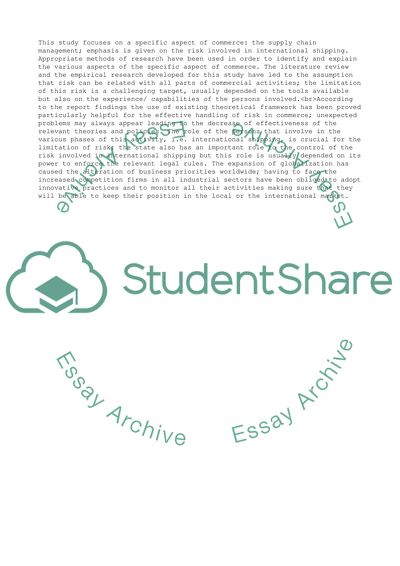Cite this document
(“Research Method in E-Logistics and Supply Chain Management Essay”, n.d.)
Research Method in E-Logistics and Supply Chain Management Essay. Retrieved from https://studentshare.org/management/1564656-research-method-in-e-logistics-and-supply-chain-management
Research Method in E-Logistics and Supply Chain Management Essay. Retrieved from https://studentshare.org/management/1564656-research-method-in-e-logistics-and-supply-chain-management
(Research Method in E-Logistics and Supply Chain Management Essay)
Research Method in E-Logistics and Supply Chain Management Essay. https://studentshare.org/management/1564656-research-method-in-e-logistics-and-supply-chain-management.
Research Method in E-Logistics and Supply Chain Management Essay. https://studentshare.org/management/1564656-research-method-in-e-logistics-and-supply-chain-management.
“Research Method in E-Logistics and Supply Chain Management Essay”, n.d. https://studentshare.org/management/1564656-research-method-in-e-logistics-and-supply-chain-management.


